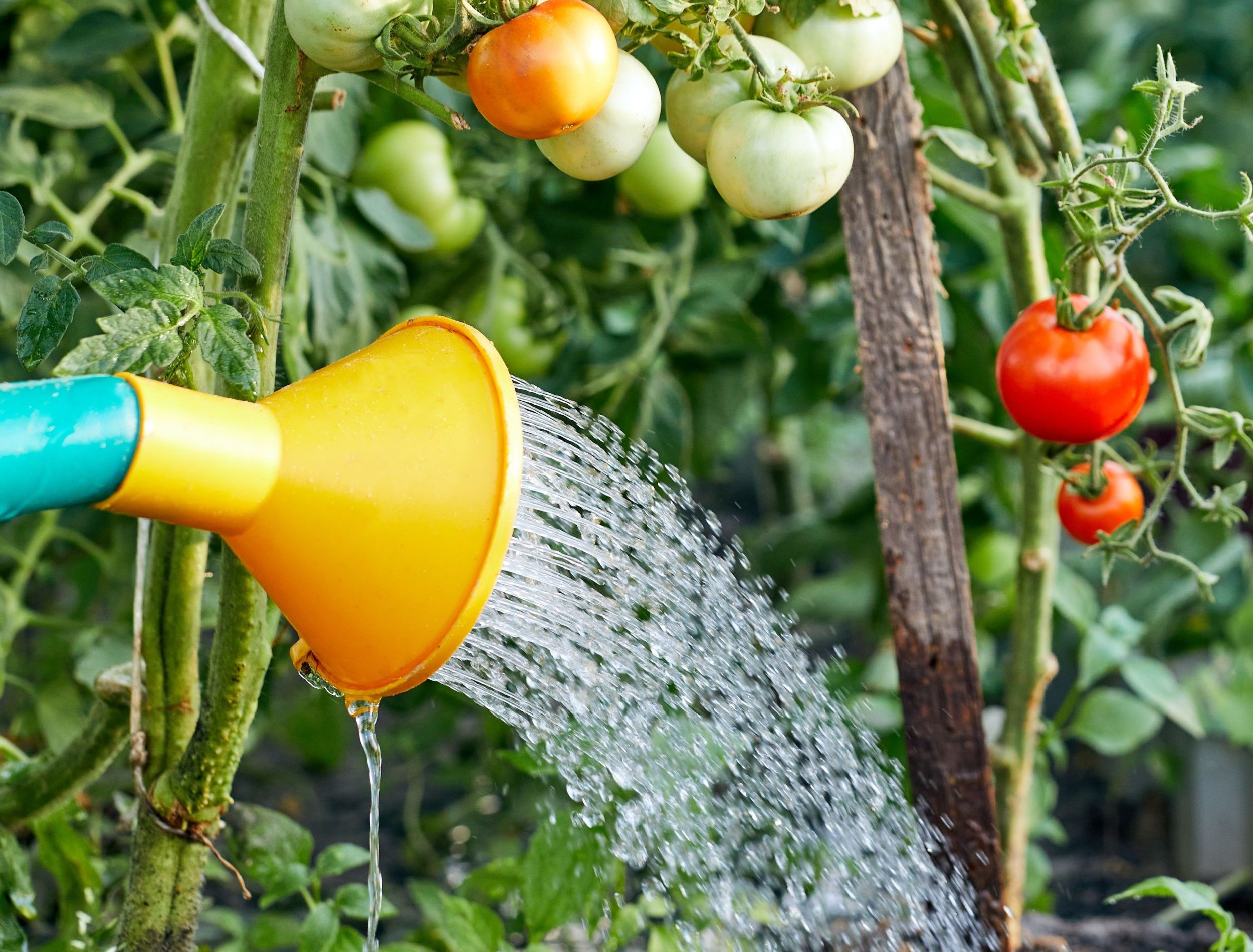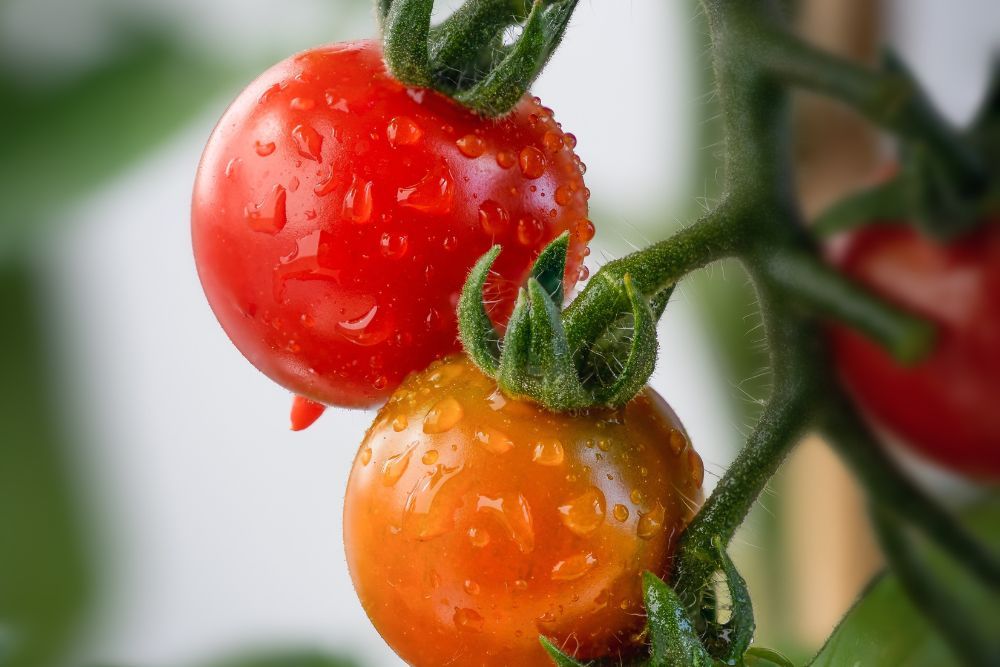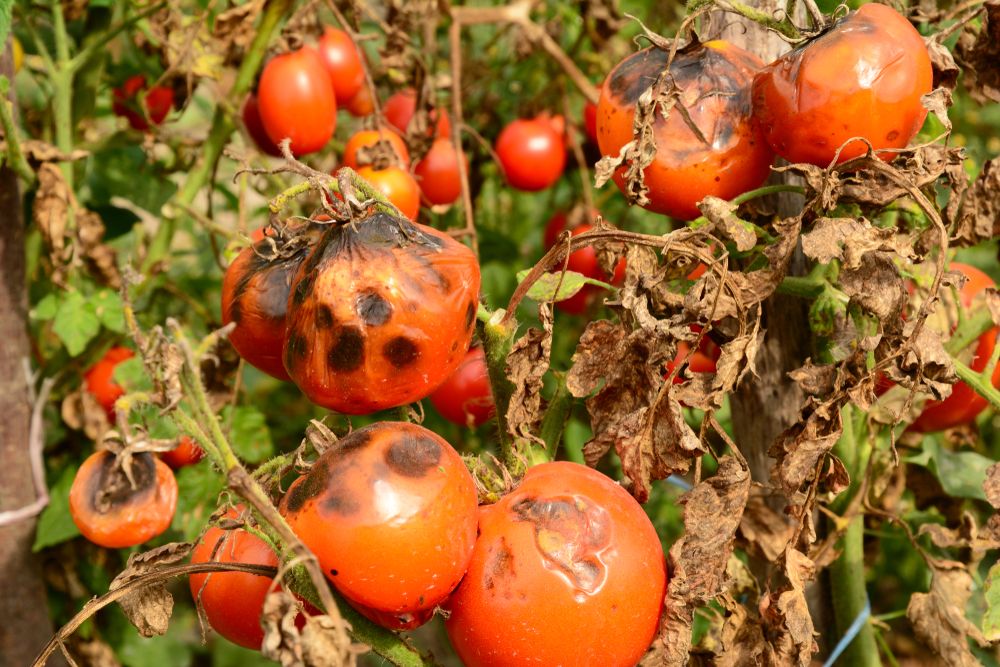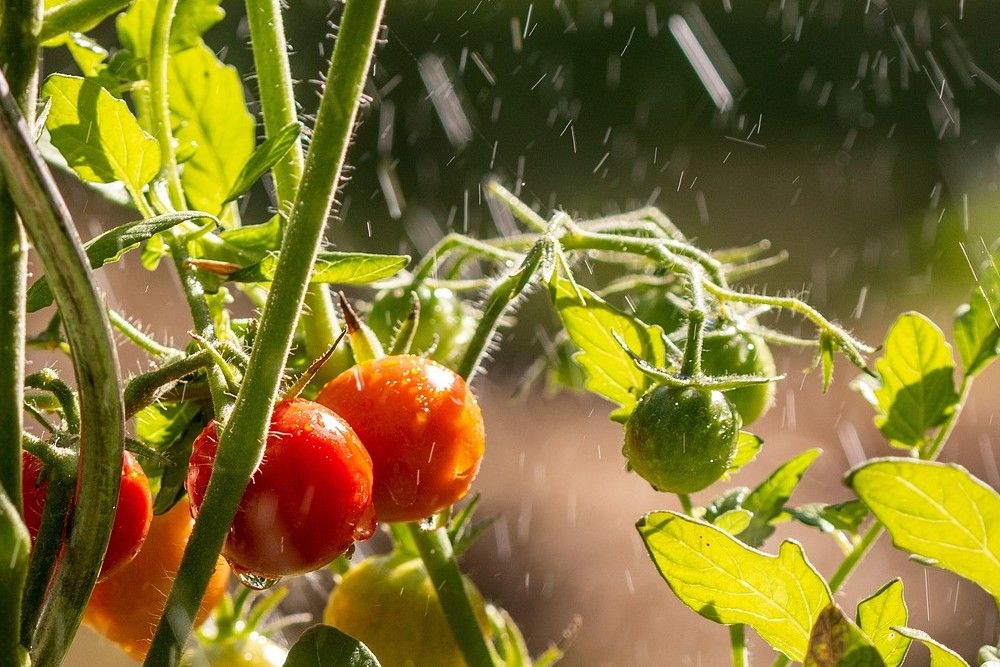Tomatoes are one of the most popular and widely grown garden vegetables in the world. They're easy to grow, healthy for you, and extremely versatile in the kitchen. But to get a crop of delicious tomatoes, you need to make sure your plants have enough water -- both too little and too much leads to stunted growth or lackluster harvests. So how often should you be watering your tomato plants?
Discover a breakdown of everything from when you should water your tomatoes to general watering tips. Set yourself up for success in your home garden by learning these essential facts about giving your tomato plants that perfect amount of H2O!
How Often Should You Water Tomato Plants?
Image credits: Roon Z via Pexels
Maintaining a healthy tomato plant requires frequent watering, but it's important to know how often and how much to water. Depending on your local climate, size of the plant, and where it is in your garden, the optimal watering schedule varies.
As a general guide, water your tomatoes deeply so that the water reaches 6 to 8 inches into the soil. Doing so helps promote vigorous root growth. Test the moisture of your soil by inserting your finger 3 to 4 inches deep -- If it's dry, it's time to water.
Aim for two to three deep waterings per week (taking rainfall into account) and adjust your routine accordingly as temperatures cool later in the season. In other words, your plants will need about an inch of water per week.
Tomatoes in pots require more care than those in the ground. Depending on the size of your pot and the environmental conditions, you will need to water potted tomatoes more often. It's best to check your plants every morning and evening to ensure that they are getting all the water they need for optimal growth.
Understanding Watering Needs
Image credits: Radovan1via Shutterstock
Growing tomatoes is an incredibly rewarding process -- when done correctly, you'll have a delicious crop of fresh tomatoes ready to enjoy. But getting the watering needs of your tomato plants right is critical to achieving success in the garden.
When it comes to watering your tomato plants, find the balance between too little and too much. Too little water causes leaves to droop and flowers to drop prematurely, while too much water creates a soggy environment that encourages fungal growth and leads to root rot or other diseases.
When watering your tomato plants, it's best to do so slowly and deeply, as this helps root development. Doing so helps the plant become more drought-resistant and helps promote healthier growth overall. It also prevents run-off and helps conserve water. Watering early in the day is best, as this gives excess moisture time to evaporate before the afternoon sun hits, when diseases may take hold more easily. Additionally, avoid any overhead watering, as this too causes fungal disease.
Besides regular watering, always keep your garden well mulched. A layer of mulch helps the soil retain moisture longer and reduce the number of times you need to water your plants during dry spells. It also helps block weeds and provide a warm, moist environment for the tomato plants' roots.
When to Increase or Decrease Your Watering Schedule
Image credits: 14959021 via Pixabay
To keep your tomato plants healthy, knowing when to increase or decrease your watering schedule is the key to success. When the temperature rises and the sun beats down, make sure that your tomatoes are getting enough water.
On days where the weather is cooler or not as sunny, reduce how often you water them. Vice versa, you don't want your tomato plants under-watered during times of drought. To help you gauge when to water your crops, the ideal temperature for tomatoes during the day is between 60 and 90 degrees Fahrenheit. Nighttime temperatures should be lower, around 60 to 75 degrees Fahrenheit. If your tomatoes are exposed to too high a temperature (over 100 degrees Fahrenheit) for long periods, the fruit will fail.
Check on your plants regularly so you spot signs they might need more--or less--water. Yellowing leaves, soggy soil, and wilting leaves are all signs of an overwatered crop. Stunted growth and wilting foliage are signs of an underwatered plant.
You'll also want to account for other factors that affect how much water your tomatoes need. For instance, heavy clay soils retain more moisture than sandy soils, so those plants may require less frequent watering.
Finally, consider using a plant irrigation system, such as a drip system. Using this system ensures that your tomatoes get the right amount of water every day, regardless of weather fluctuations or how busy you are.
It's Raining Tomatoes!
With the right amount of care, your tomato plants can flourish with a delicious bounty of fruit. On their path to plenty, it's essential that you understand how frequently you should water them, dependent on local climatic conditions and soil quality.
You are now equipped with the knowledge of how to determine when it is best to water your tomatoes according to your particular location and weather--just follow the tips in this post! Congratulations on taking further steps towards a satisfying harvest!
If you have further questions or simply want to share your success story, leave a comment down below. And don't forget to share this blog post with your family and friends who could benefit from knowing how much watering their tomatoes need!




